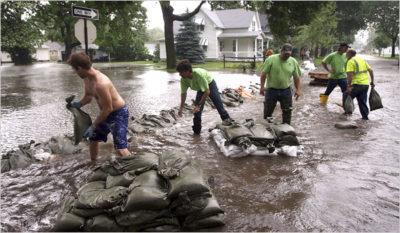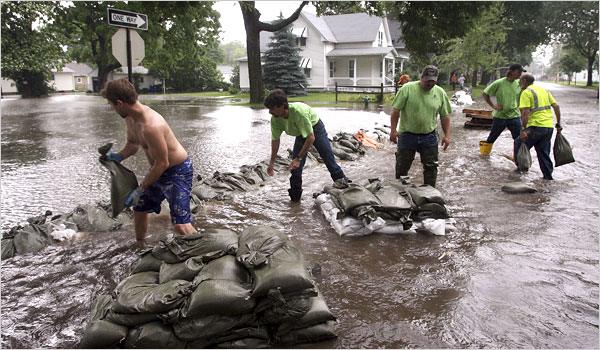
For most people, being out of touch with their spouse or loved ones is a terrifying prospect. In some respects, our terror is rooted in the fact that communications technology has grown to the point where we can instantly and painlessly communicate with people all over the globe. Most of us have multiple ways of reaching our loved ones – all contained within a cell phone, which is now much more than just a simple telephone. Still, even the most routine “emergency” can erase all the technological leaps we’ve made. It doesn’t take much to down cell phone lines – certainly nothing as dramatic as an EMP, nuclear strike, or terrorist event. Phone lines can be downed by mundane and non-newsworthy events like heavy snowfall, torrential rains or even plain old equipment failures. What this means is that you have to maintain a method of emergency communications with family members and loved ones, a foolproof method of communication that works even when conventional routes don’t. Here’s what to do:
1. Make a plan. First of all, you need to lay out a plan for your family members, just in case. Your plan needs to spell out exactly what will happen during an emergency, to include the following:
- What is expected of them in an emergency? Should they call in? Radio in? Head home? Make sure you clearly spell out what the family member should do – or what you will do during an emergency so everyone is clear on the plan.
- When will the plan be activated? Preset a time after an emergency event that the plan will be put into motion. For example – if something happens, the family member will wait exactly one hour to resume communications. If communications are non functional after that hour, he or she will head home. Make sure each family member has an idea of how long the commute might take.
- Where will each family member go? Is there a rendezvous point? Will everyone head home if communications are down? Go to a secure area? Stay put? Spell out the plan exactly.
- Who will take action? This part of the plan will delineate who will take action. For example, if communications go down, mom will pick the kids up from school, while dad will come home from work.
The idea behind the plan is that in the event of an emergency, the family goes into a pre-programmed mode, their training takes over, and they execute the last instructions they were given. This may sound like a revolutionary idea, but it’s the way armies have been operating for centuries in the absence of instant communication.
2. Think of alternate communication. Make sure your family knows which method of communication will be used, and in what order. For example, the first line of communication is cell phone, followed by text, followed by….you get the point. This will ensure family members know how – and more importantly where – to look for emergency messages from loved ones. Also, think of alternate communications, unconventional methods of communicating with loved ones, such as:
- Text: Text messages require far less bandwidth than phone calls, and even when the ominous “all circuits are busy” recording comes on, texts will still work as they operate on a parallel network to cell phones.
- Email: Don’t discount sending e-mails during emergency situations as a valid method of communication. Email servers are located globally, and it’s unlikely they will all be dead at the same time. But where do you get internet access if cell phone service is dead? Oftentimes, WiFi service will still be up and running, since the cables used for hard wired Internet operate on different networks than cell phones. For most WiFi, you don’t even need to be in the building to access the service.
- Social Media: Social media is similar to email in that it is hosted on a network of global servers which gives it amazing redundancy and fault tolerance. It’s easy to post Facebook or Twitter messages to your family members as a backup to the backup in case of an emergency.
Okay, so none of these methods work, and your cell phone is dead as a doornail — no texts, no email, no social media. What now? Here are a couple alternate methods to try:
3. Phone Booths: Yes, they still exist, and most of them are on landlines, which are inherently reliable; most landlines have been operational for nigh on 80 years. There are even apps online that tell you where phone booths are located. Make sure you carry change for that purpose.
4. HAM Radio: If the situation has gotten really nasty, ham radio is a great solution. Not only can your average five watt handset achieve 10+ miles of range on flat ground, using a repeater, a ham radio can reach halfway across the country. Tell your family in advance what frequencies you can be reached on, and what times you will be listening (eg. every hour on the hour, every quarter hour, etc.). Also, make sure and carry a repeater guide for your area with you rather than relying on the programming in the radio or even data stored on your cell phone.
Communicating with your loved ones during an emergency doesn’t need to be difficult or scary. With a little pre-planning, you can feel safe and secure even when others are panicking.
